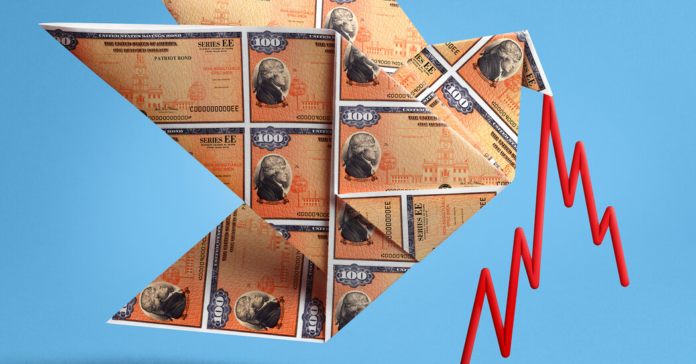It’s happened before.
The last time the Federal Reserve had to cope with inflation this high was in the early years of Paul A. Volcker’s tenure as Fed chairman, from August 1979 through 1982. He responded by sharply increasing interest rates and throwing the economy into two recessions.
The decline of the stock and bond markets this year has been painful, and it remains difficult to predict what is in store for the future. Discordant Views: Some investors just don’t see how the Federal Reserve can lower inflation without risking high unemployment. Some investors just don’t see how the Federal Reserve can lower inflation without risking high unemployment. The Fed appears more optimistic
Weathering the Storm: The rout in the stock and bond markets has been especially rough on people paying for college, retirement or a new home. The rout in the stock and bond markets has been especially rough on people paying for college, retirement or a new home. Here is some advice
College Savings : As the stock and bond markets wobble, 529 plans are taking a tumble. What’s a family to do? There’s no one-size-fits-all answer, but As the stock and bond markets wobble, 529 plans are taking a tumble. What’s a family to do? There’s no one-size-fits-all answer, but you have options
Enduring Meme Stocks: The frenzy that saw traders congregate on social media and The frenzy that saw traders congregate on social media and push stock prices for companies like GameStop higher can no longer be explained as simply a pandemic phenomenon.
I’ve examined that period in two recent columns, and it is especially illuminating for bonds.
Recall that after tightening rates for several years, Mr. Volcker decided in the summer and fall of 1982 that it was time to relieve the economic pain. That was a turning point. Interest rates fell and the stock market rallied. For bonds, according to several measures, it was the best year of the last century.
I’m not predicting another spectacular turnaround for bonds right now, or even in 2023, only noting that amid all the gloom, it’s already possible to discern signs of a future turnaround. The economy is weakening, the Fed will pivot eventually — and bonds will rally.
Some bond bulls, like David Rosenberg, chief economist of his own firm, Rosenberg Research, go much further. He has been anticipating a recession for many months and points out that in such periods, as the economy shrinks, people tend to seek safety in Treasury bonds. That popularity of Treasuries, along with declining yields, typically increases bond prices.
“I’m confident that long Treasury bonds will be the best asset class over the next year,” Mr. Rosenberg said in an interview.
Still Safe
Before looking at the ugly numbers, try to stay calm. You don’t need to worry about high-quality bonds if you hold onto them. Treasury bonds, in particular, are still the safest investments you can get, in the sense that if you keep them to maturity, you won’t lose any money.
Try to sell them, though, and losses will kick in. And because mutual funds and exchange-traded funds must report the market values of their holdings, if you are a shareholder in such funds you are likely to have losses now, even if you haven’t sold any shares. Your diversified funds containing stocks and bonds have probably declined sharply in value, as well, because bonds haven’t provided their customary buffer.



